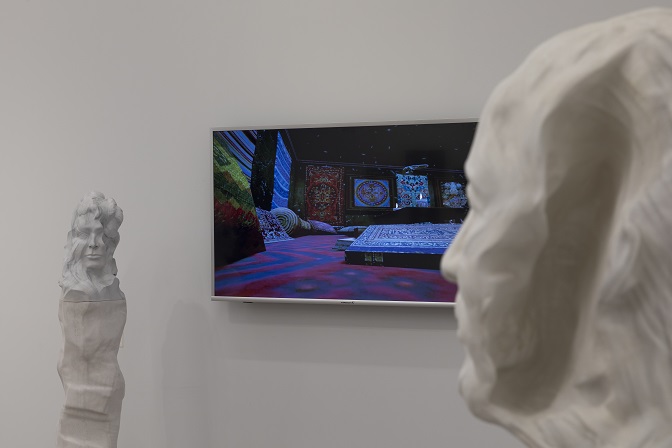How does a place influence our emotions and behaviour? What are the various experiences that two people can have of the same place? And can a place be reimagined to modulate our perception of its meaning and purpose? By asking these questions, you have become a psychogeographer. This mindset challenges the conventional, utilitarian understanding of urban spaces. It instead emphasises subjective experiences, playful explorations, and the potential for unexpected encounters.
Psychogeography is a hybrid term that combines “psychology” (the study of the mind and its functions) and “geography” (the study of physical characteristics of the earth). However, if geographers “carve,” “draw,” or “write” the earth, psychogeographers add a zest of soul to the mix; linking earth, mind and foot. Today, the term broadly refers to the revealing of underlying forces and influences that shape our experiences of the city, including social structures, power dynamics, historical layers, and personal associations. In our group exhibition, “Traces of Place”, these themes are explored through the unique works of Atul Dodiya, N.S. Harsha, Naresh Kumar, Rashid Rana and Reena Saini Kallat. By viewing the exhibition through the term’s lens, it becomes clear that Indian Contemporary Art is reshaping psychogeography’s narrative, challenging its colonial legacies, and reclaiming its own cultural spaces.
Edward Cockburn-Price
Can poetry or art be read as an extension of a place?

Atul Dodiya’s ‘Kala Ghoda Poems’ is a series of works comprising of eight large-scale watercolours that reference Arun Kolatkar’s 2004 book, Kala Ghoda Poems. Kolatkar was the ubiquitous Bombay lad – who spoke extensively about his city through the breath of his oeuvre. Art and text have been a strong part of Dodiya’s practice, poetry also resonates strongly not only in his work, but also by way of engagement in real life.
How does a global place influence a local one?

N.S Harsha’s works open a dialogue between localism and broader global factors, including mass production, supply chains, capitalism, and industrialisation.
Is the future always a better place and time?

In ‘People at home: people of the world,’ Naresh Kumar uses the 1998 yellow pages as the background to mythologise the past. The yellow pages are a collective memory, highlighting the connection between people and places.
How does colonialism impact a place?

Rashid responds to this question in ‘Language 5’, a work that builds on the notion that language serves as a record of our cultural history. ‘Language 5’ exposes the legacy of colonialism by tracing its linguistic influence. Thousands of images are arranged in a collage-like fashion with text from advertising, wall chalking, political banners, shop signs, and posters. Rashid tells his own story, one that tracks the adaptation of cultural and creative exchange in both art history and geopolitical contexts.
How does geopolitics affect our ability to access a place?

A passport is a portal to the world, but mobility is not equal for all. ‘Pattern Recognition’ (which refers to the Snellen Eye Chart) draws attention to the ever-shifting, yet perpetually unequal politics of worldwide access and mobility. While national borders appear recurrently in Kallat’s practice, ‘Pattern Recognition’ expands the conversation to encompass privilege and policy.
For more information, please visit https://www.gallerychemould.com/.



